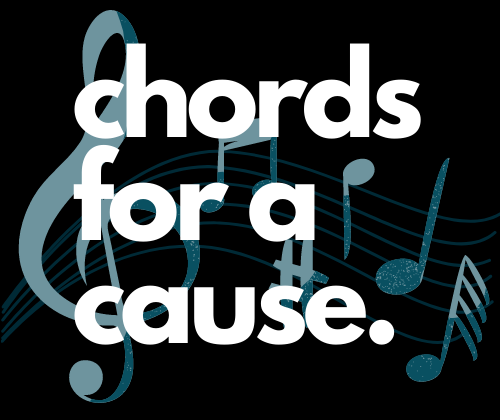Music from Latin America


When discussing music, often times people enjoy the beats, rhythm, lyrics, singer’s voice, etc. However, rarely we think about origins and the birth of our favorite musical genres. Dive deep into the history of music in Latin America and the great historical impact it carries throughout the beautiful, spunky, strings of flowing music.
Original Latin American music can be traced back to when the Spanish and Portuguese conquered the Americas and the European settlers brought their music from overseas. Due to its highly syncretic nature, Latin American music encompasses a wide variety of styles, including influential genres such as cumbia, bachata, bossa nova, merengue, rumba, salsa, samba, son, and tango. Music was especially important to understanding the history and people in South America/Latin America as new rhythms, dances, songs, and musical practices were influenced by the Africans that crossed the Atlantic Ocean back in the 16th century. Starting in the colonial era and growing through the 19th century, Latin America’s musicians took Europe’s musical trends and blended them with African rhythms, as well as indigenous music, to create a creole style that matches the creole cultures which came to dominate Latin American societies immediately after independence. A lot of musical history focuses on blending of musical styles that can symbolize cultural and racial mixing; for example, as African rhythms started to shape music in Brazil, pre-Castro Cuba, fresh from independence in 1898, was introducing the world to són, which blended traditional music from Spain with Afro-Cuban beats and percussion instruments. By the 1930s, són was famous all over the world. Another example can be the origin of cumbia music, which comes from the days of slavery in the late 17th century and is derived from the African word cumbe, which means dance. Cumbia is one of the most popular genres of music and dance in Latin America. It emerged during Colombia’s war for independence from Spain. The genre borrowed from indigenous musical traditions, as well as from the music of enslaved Africans, who had been transported to the Spanish holding of New Granada. What is so special about Latin American music, is that musical traditions from Mexico, Central America, and South America, and the Caribbean all reflect the mixtures of Native America, African, and European influences that have changed, shifted, developed throughout the region over time.
Rhythm is one of the most famous aspects of Latin music, which is actually inspired by traditional African beats developed in the Caribbean. Although there are many variants on this rhythm, the most fundamental form is called the clave, which is simply the basic Latin rhythm. Some traditional instruments commonly used in the South American region are the pandeiro (resembles a tambourine), conga (single-head drum which commonly comes in sets of two), güiro, timbale, maracars, marimba, and the clave (previously mentioned above.)
It’s crazy to think about how syncretic Latin music is! Origins aren’t centered around one country, not just one continent, but from regions expanded over the whole globe! In addition, as you read, you got to understand the many different instruments and styles, which traverses the history and meaning of the people who traveled across oceans and ended up in regions where creativity flourished. Now, when you listen to your favorite Latino artists, you get to think about this incredible mixture of culture and stories, which began all the way back into the 16th century.
- The Musical Tradition in Latin America. (n.d.). Retrieved December 05, 2020, from https://www.oxfordbibliographies.com/view/document/obo-9780199766581/obo-9780199766581-0179.xml
- Sounds and Colours. (2019, November 20). The History and Impact of Latin American Music. Retrieved December 05, 2020, from https://soundsandcolours.com/subjects/travel/the-history-and-impact-of-latin-american-music-49112/
- Vargas, J. (n.d.). The Cultural Importance of Music in Latin America. Retrieved December 05, 2020, from https://www.rw-3.com/blog/the-cultural-importance-of-music-in-latin-america

